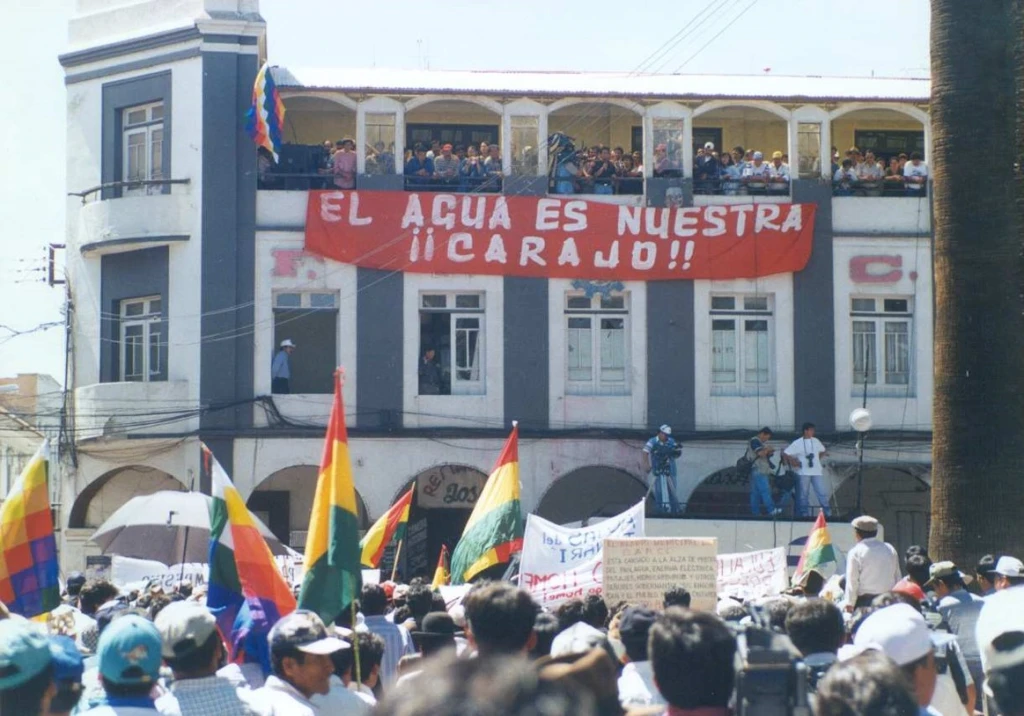
Water for All: Community, Property, and Revolution in Modern Bolivia




Last week, our first guest speaker for the Climate Change in History Dream Course was Dr. Gregory Cushman, associate professor of international environmental history at the University of Kansas. Cushman reported on Continue reading
This week, Dr. Suzanne Moon and I begin team-teaching “Climate Change in History” (HSCI 3473: History of Ecology and Environmentalism) as a Presidential Dream Course, a program which allows University of Oklahoma faculty to upgrade an existing course into its dream version, with guest lectures Continue reading

Pictured here is a “grolar,” one of the many arctic hybrids that are part of the “sexual revolution” going on in the Arctic due to climate change.
We welcome Tom Lekan, of the University of South Carolina, as a guest on the blog . . . click for his bio, or go to the “Who we are” tab. This is the first installment of a two-part post; please come back again next week for the conclusion. Continue reading
You must be logged in to post a comment.